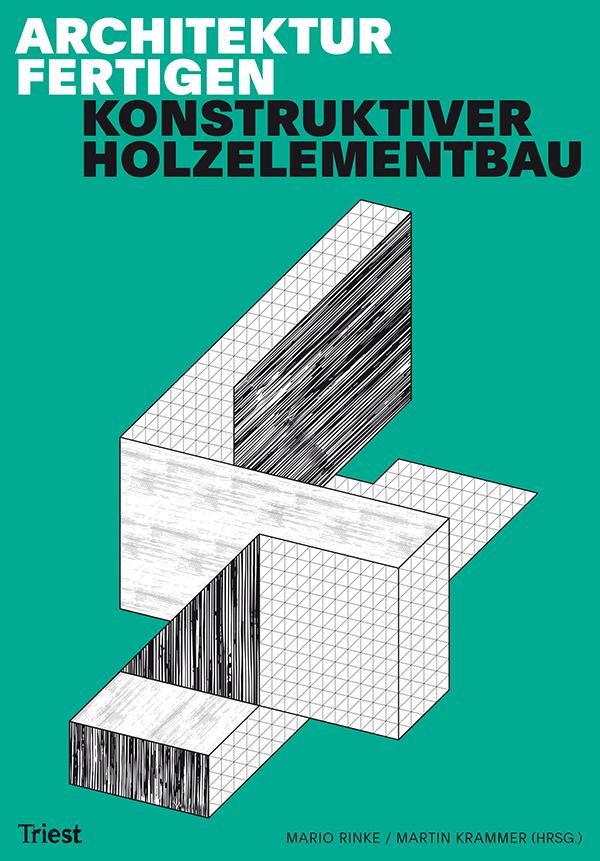Oskar Emmenegger
Historische Putztechniken
Von der Architektur- zur Oberflächengestaltung
Editor: Verein Historische Putztechniken an Baudenkmälern
Book design: TGG Hafen Senn Stieger, St. Gallen
German, 532 pages, ca. 900 images, ca. 22 × 30 cm,
clothbound with gilt edge
Euro (D) 95.– / Euro (A) 97.70
Book design: TGG Hafen Senn Stieger, St. Gallen
German, 532 pages, ca. 900 images, ca. 22 × 30 cm,
clothbound with gilt edge
Euro (D) 95.– / Euro (A) 97.70
ISBN
978-3-03863-010-4
Historical plastering techniques
For the first time, restorer Professor Oskar Emmenegger’s over 50 years’ of professional experience in dealing with historical plastering techniques, which were developed during more than 9000 years of building activity, has been summarised and systematically revised. It has been made accessible to a wide range of tradespeople, teachers and planners for use in their daily profession. Regrettably, older plasterwork is often not recognised and is increasingly being destroyed. With its wealth of specific information and richly illustrated collection of samples, this publication aims to counteract this.
To that end, the book is subdivided into three parts:
To that end, the book is subdivided into three parts:
The first part contains introductory articles on the subject. What are the material and technological prerequisites of the time in question and where do the possibilities and limits of scientific research into original mortar samples lie today?
In the second part of this book, Oskar Emmenegger explains the change in plaster techniques, considering connections to the development of architectural language, showing that the function of plaster has changed enormously. Originally used as a mere ground for painting (i.e. for murals), plaster has acquired its own design and protective functions over time.
Finally, in the third part of the publication, the author provides a detailed description of historical plaster types and their application techniques, including around 120 thematically classified and illustrated examples.
With contributions by: Albert Knoepfli, Georg Mörsch, Hans Rutishauser, Albert Jornet, Christine Bläuer
In the second part of this book, Oskar Emmenegger explains the change in plaster techniques, considering connections to the development of architectural language, showing that the function of plaster has changed enormously. Originally used as a mere ground for painting (i.e. for murals), plaster has acquired its own design and protective functions over time.
Finally, in the third part of the publication, the author provides a detailed description of historical plaster types and their application techniques, including around 120 thematically classified and illustrated examples.
With contributions by: Albert Knoepfli, Georg Mörsch, Hans Rutishauser, Albert Jornet, Christine Bläuer
About the Author
Oskar Emmenegger (*1933) is a restorer based in Zizers (GR). He taught as assistant professor at the Academy of Fine Arts Vienna and Stuttgart State Academy of Art and Design and was scientific expert at the Institute of Historic Building Research and Conservation, ETH Zurich. Today, he still works as an expert and advisor for the Swiss Federal Office of Culture, as a consultant of the Federal Commission for Monument Preservation and as an internationally sought-after restorer.
In his capacity as a conservator, restorer, expert and advisor, he has been in charge of many of the world’s most precious murals. Having worked with plaster ingredients for many years (sand, gravel, limestone, hydraulic cement, etc.), he has developed a passion, a very special sensorium and comprehensive knowledge that helps him identify and understand characteristics of plaster.
DOWNLOAD Cover_Historische_Putztechniken ›
DOWNLOAD Waschzettel_Emmenegger_Putz_Deutsch ›
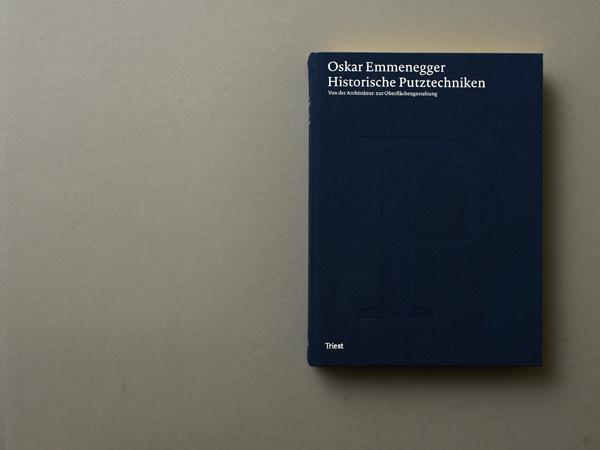

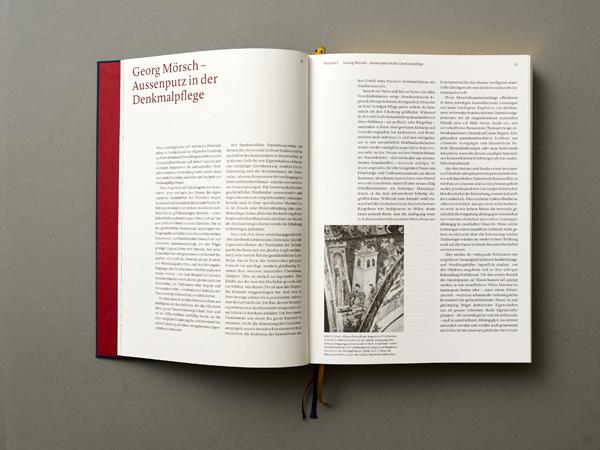

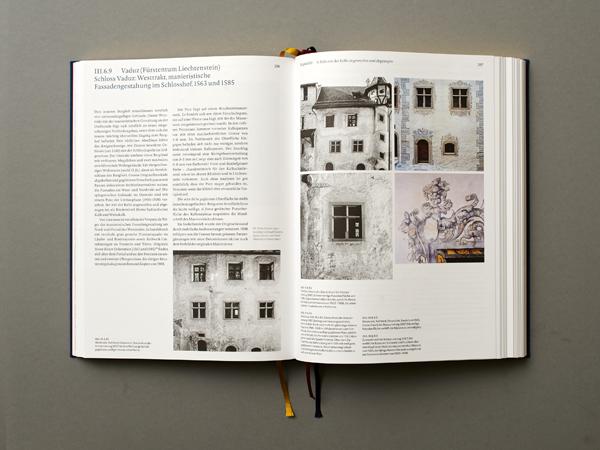
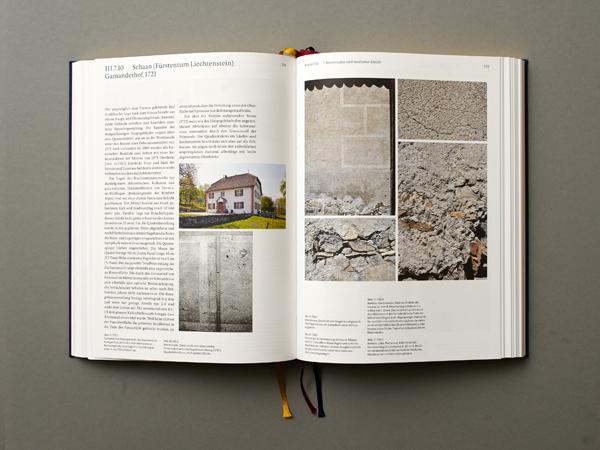
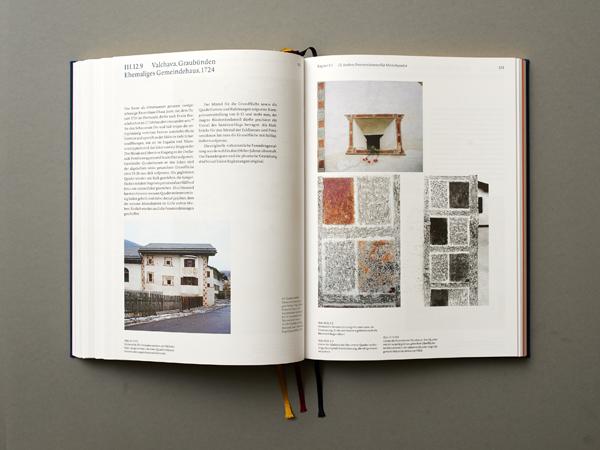



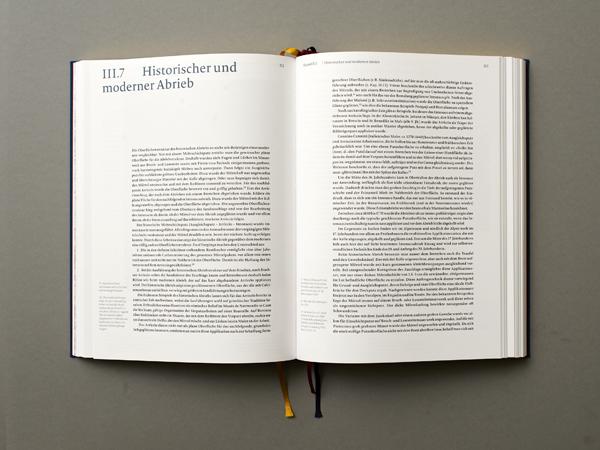
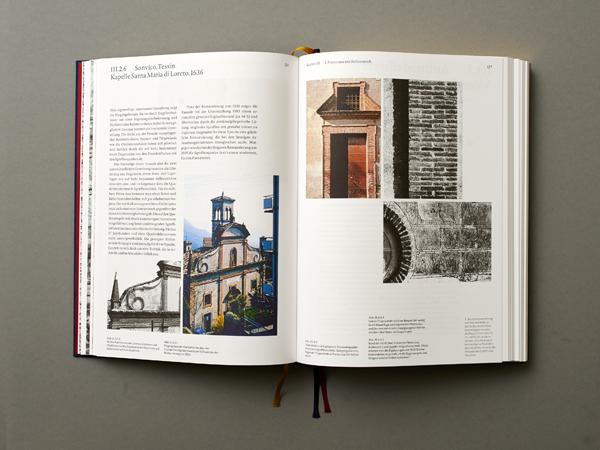
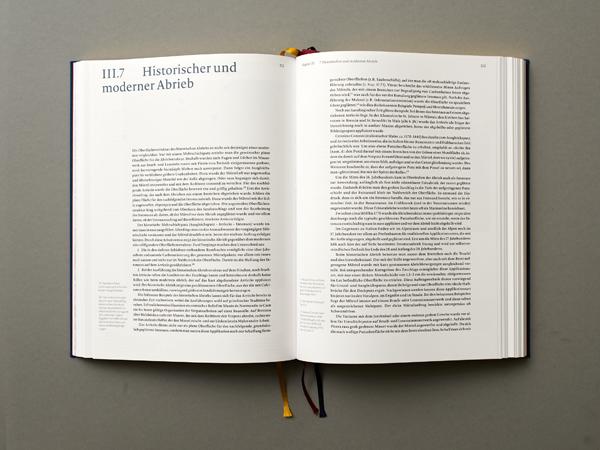

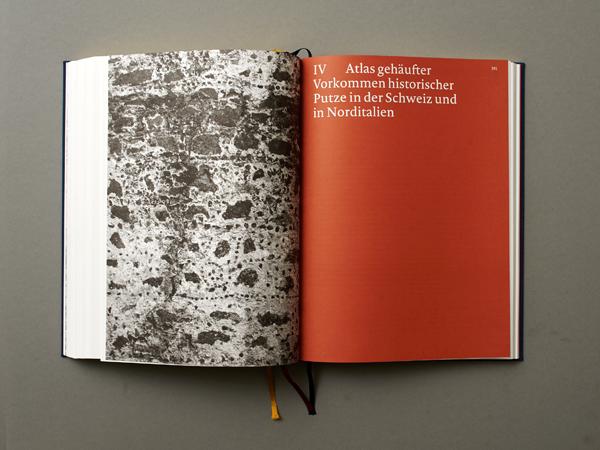
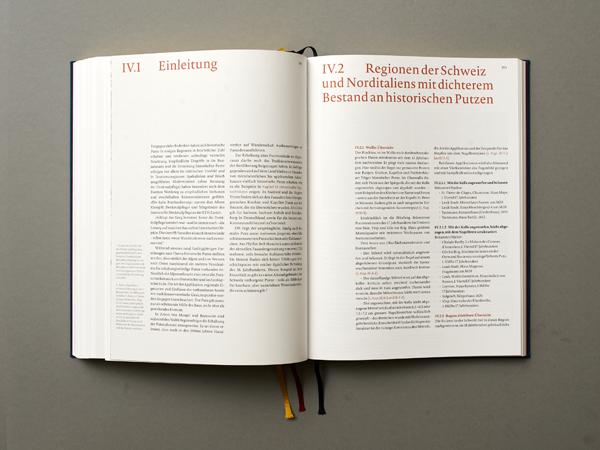
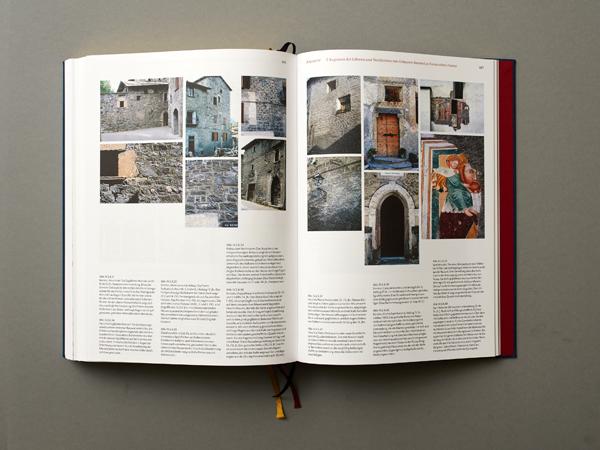

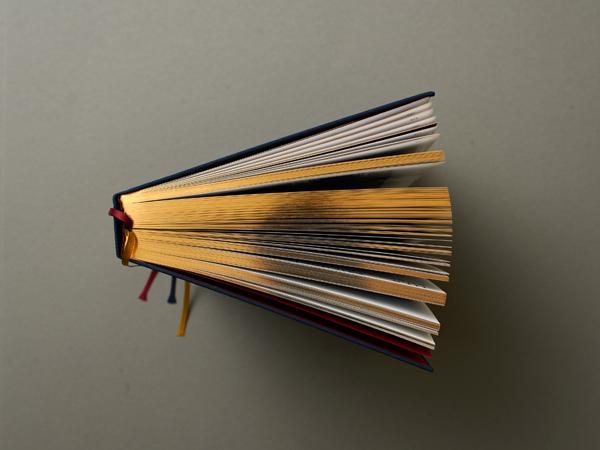
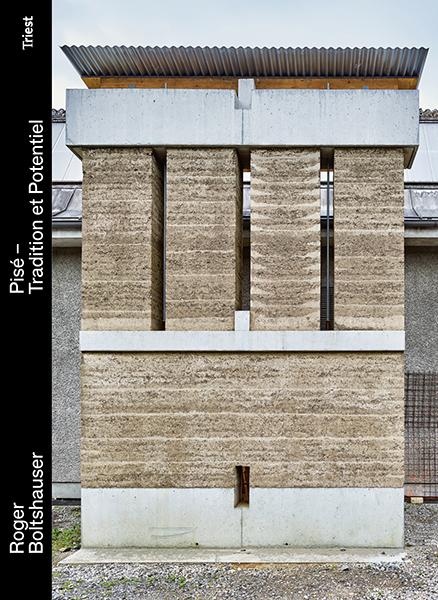

![Physik der Farbe [Physics of Colour]](/photo/data/978-3-03863-021-0-physik-der-farbe-triest-verlag-design-buch-731-2994-5.png?ts=1734502849)

